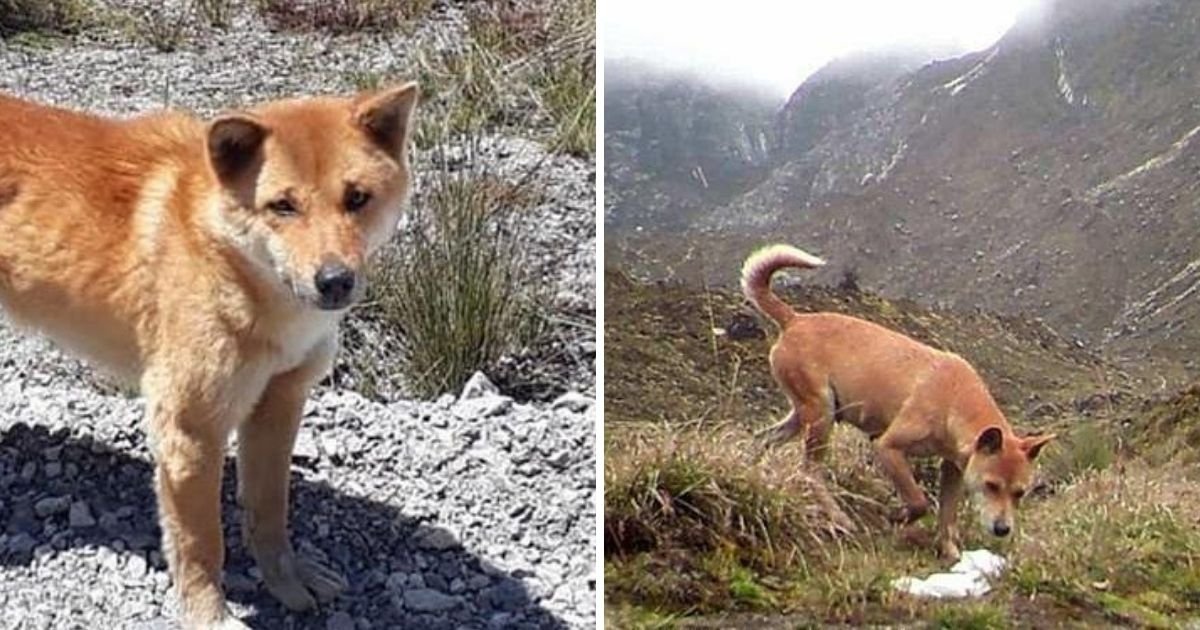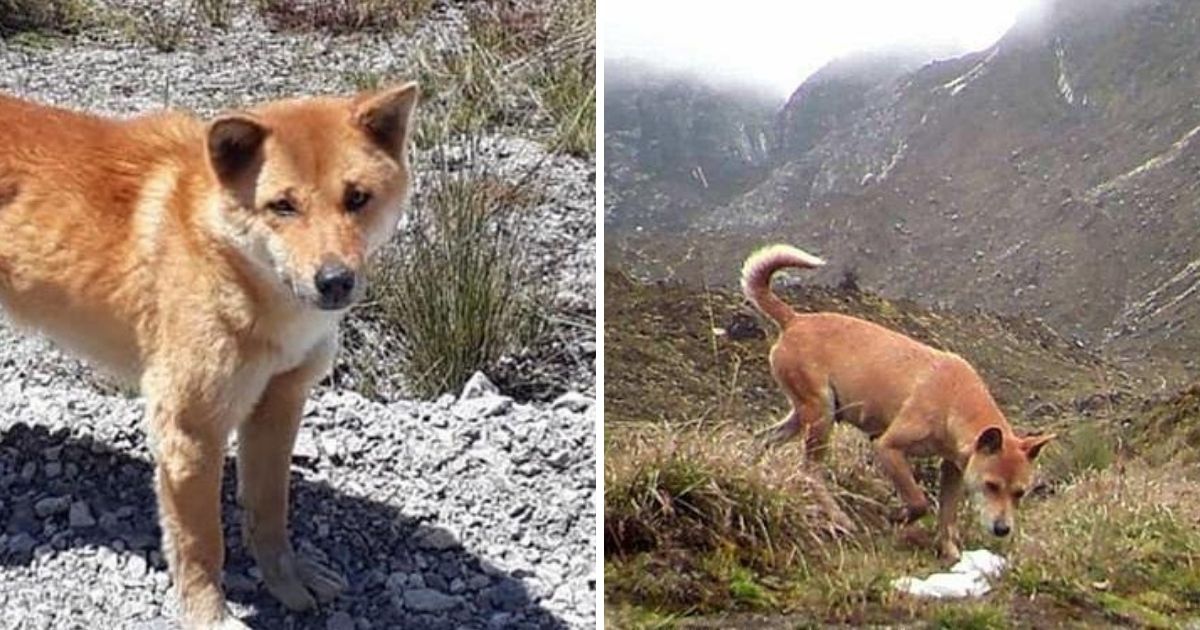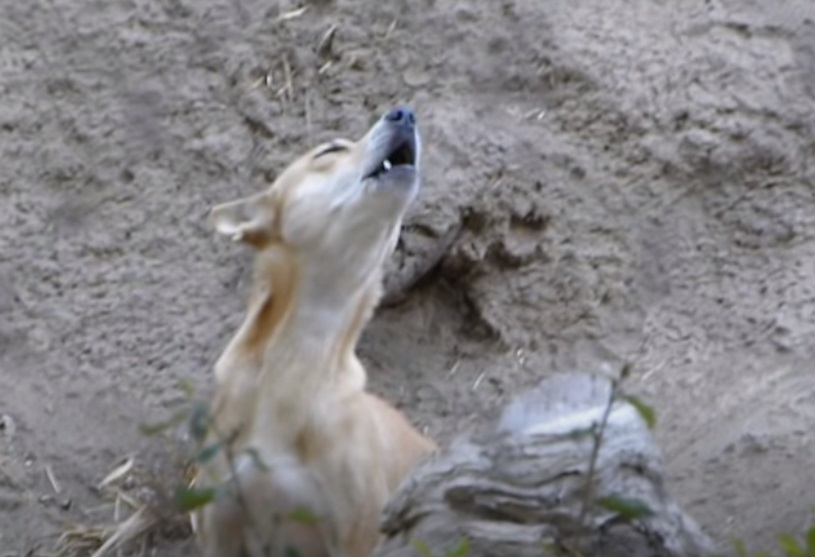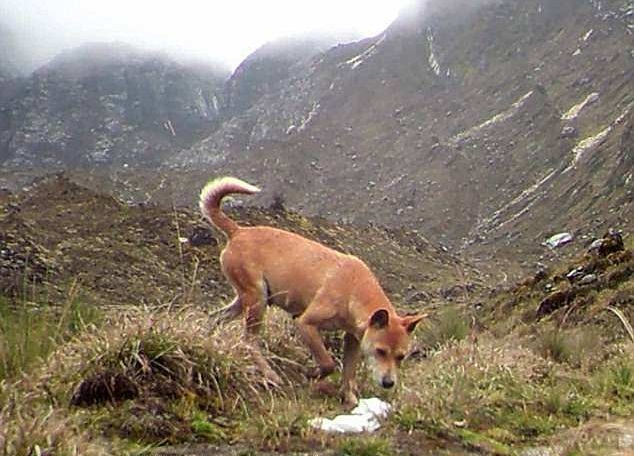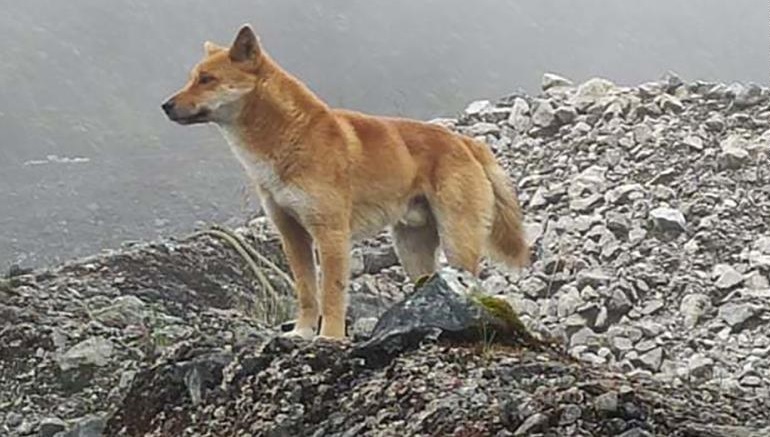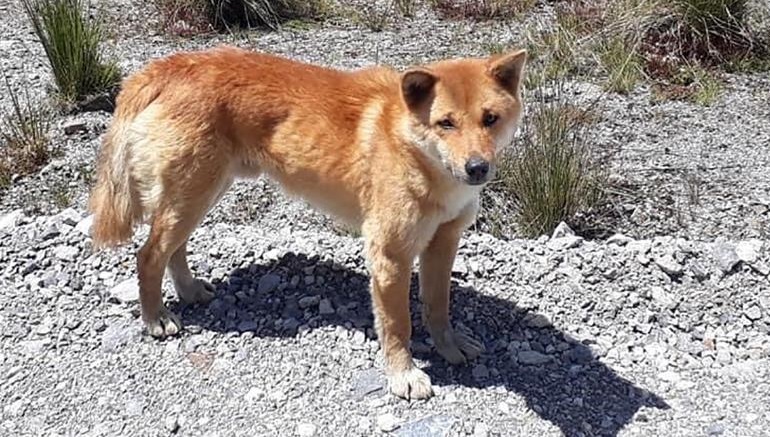New Guinea singing dogs, also known just as singing dogs due to their natural talent for making high-pitched howls, have once again emerged in the wilderness five decades after they were declared extinct in the wild.
According to the reports, only a few hundred of these animals still live in conservation parks and zoos around the world. They were bred in captivity and descended from a few captured Highland Wild Dogs who were believed to be the last of their species.
However, a pack of these magnificent creatures was reportedly spotted strolling around the hills of Indonesia back in 2016, nearly fifty years after they were presumed extinct in the wild.
Two years after the scientists first studied this pack of wild dogs, a fresh expedition was launched to collect biological samples of the animals in Papua, Indonesia, to determine whether the species really is the predecessor of the singing dogs bred in captivity.
On Monday, following a thorough DNA comparison of the rediscovered wild dogs and the singing dogs born in captivity, it was finally announced in the journal PNAS that the animals have a similar genome sequence and that they are more closely related to each other than to other canine species.
While the highland wild dogs involved in the study only had 70% genetic overlap with the singing dogs born in captivity, Elaine Ostrander, a National Institutes of Health investigator and a senior author of the paper, suggested that the difference is likely a result of captive dogs being bred with each other for many generations, causing a loss of genetic diversity.
“They look most related to a population of conservation biology new guinea singing dogs that were descended from eight dogs brought to the United States many, many, many years ago,” Ostrander said.
“The conservation dogs are super inbred; [it] started with eight dogs, and they’ve been bred to each other, bred to each other, and bred to each other for generations — so they’ve lost a lot of genetic diversity.”
While the genomes of reemerged highland wild dogs and captive singing dogs may not be identical, researchers suggested that the evidence is sufficient to believe that the wild dogs roaming the hills of Papua are predecessors of the New Guinea singing dogs bred and raised in captivity.
Replaced!


